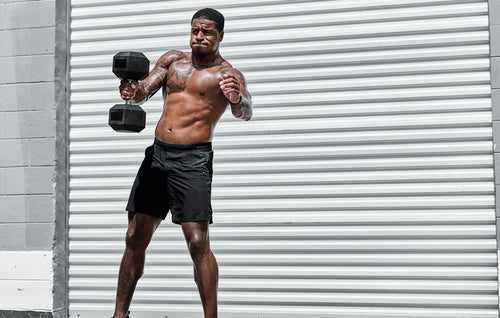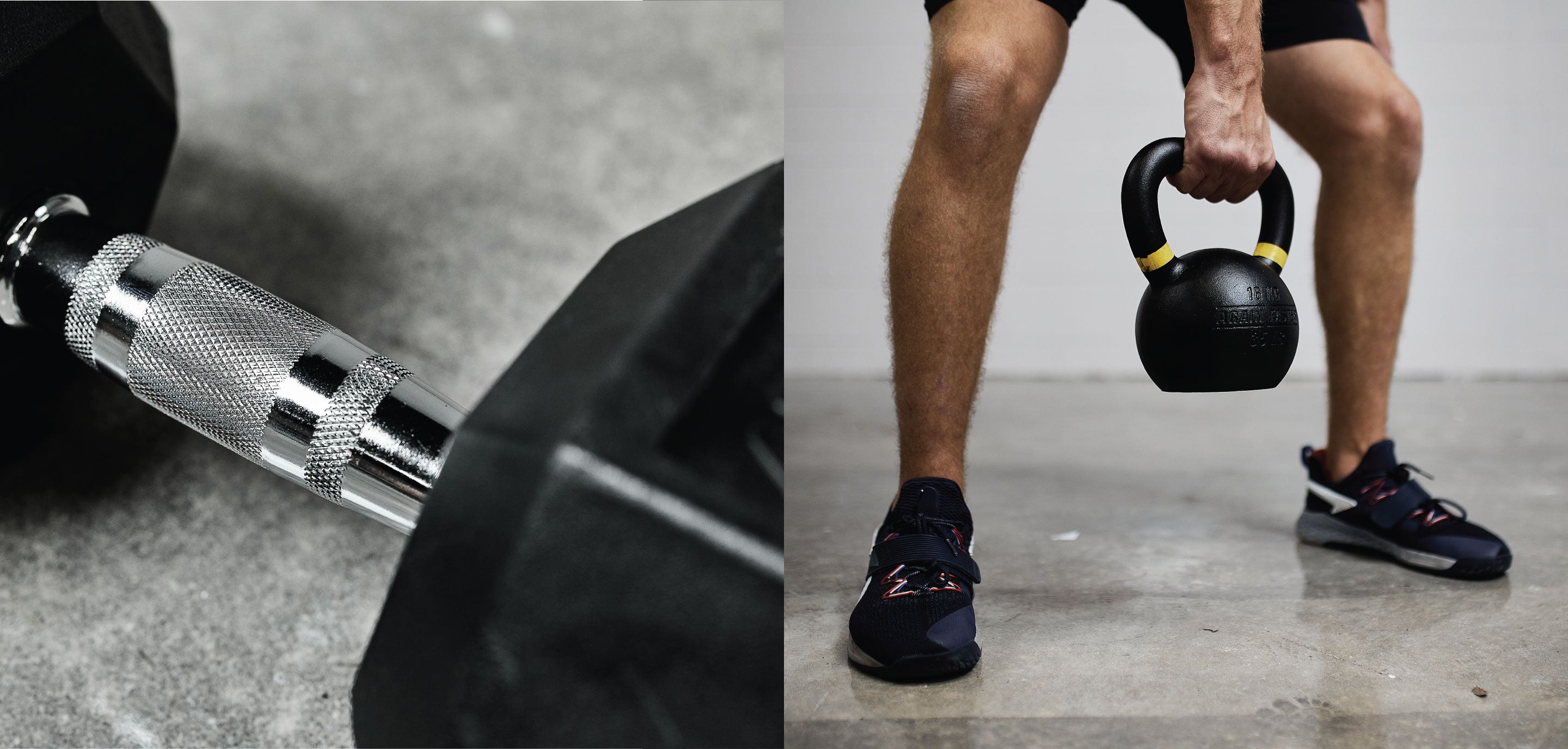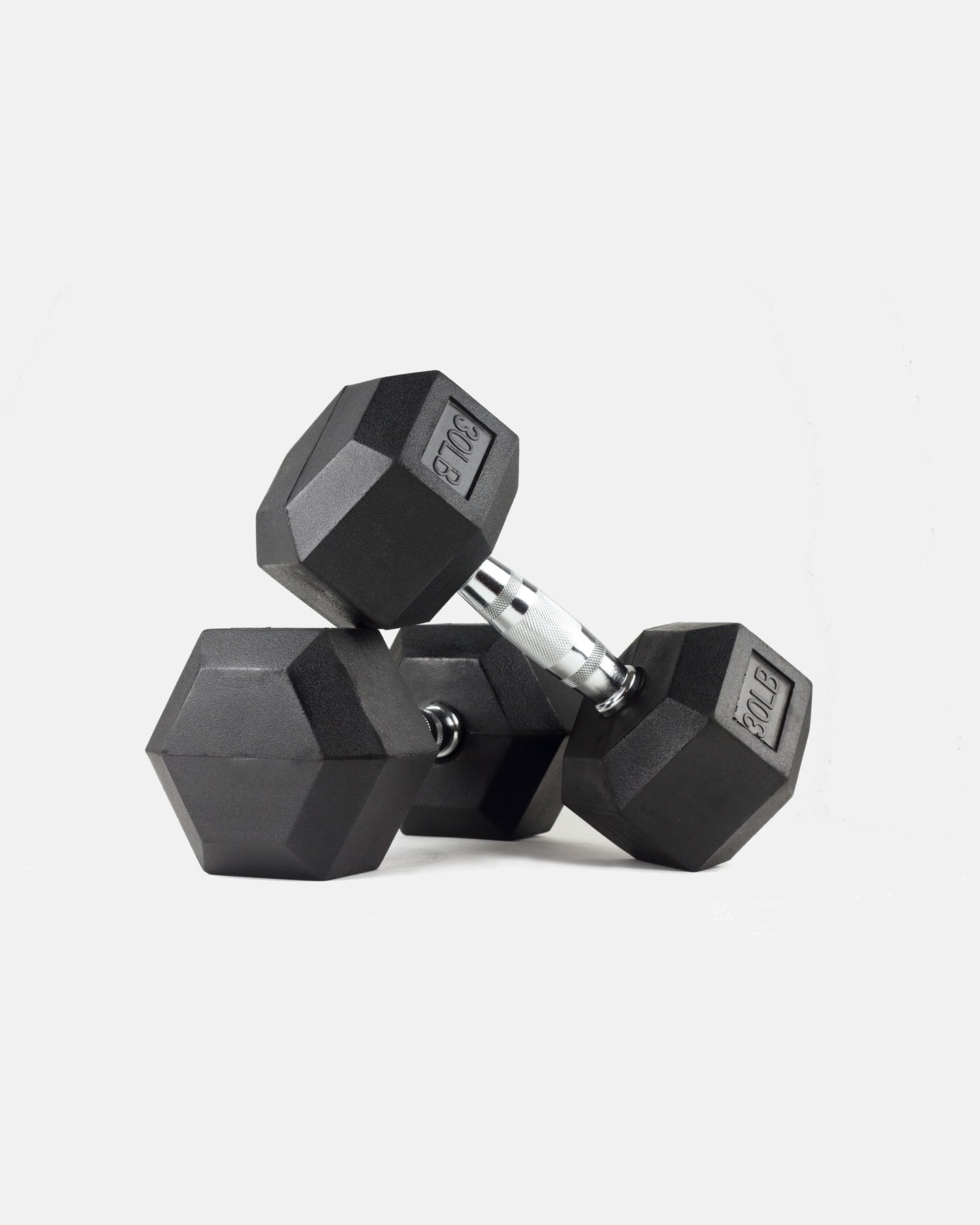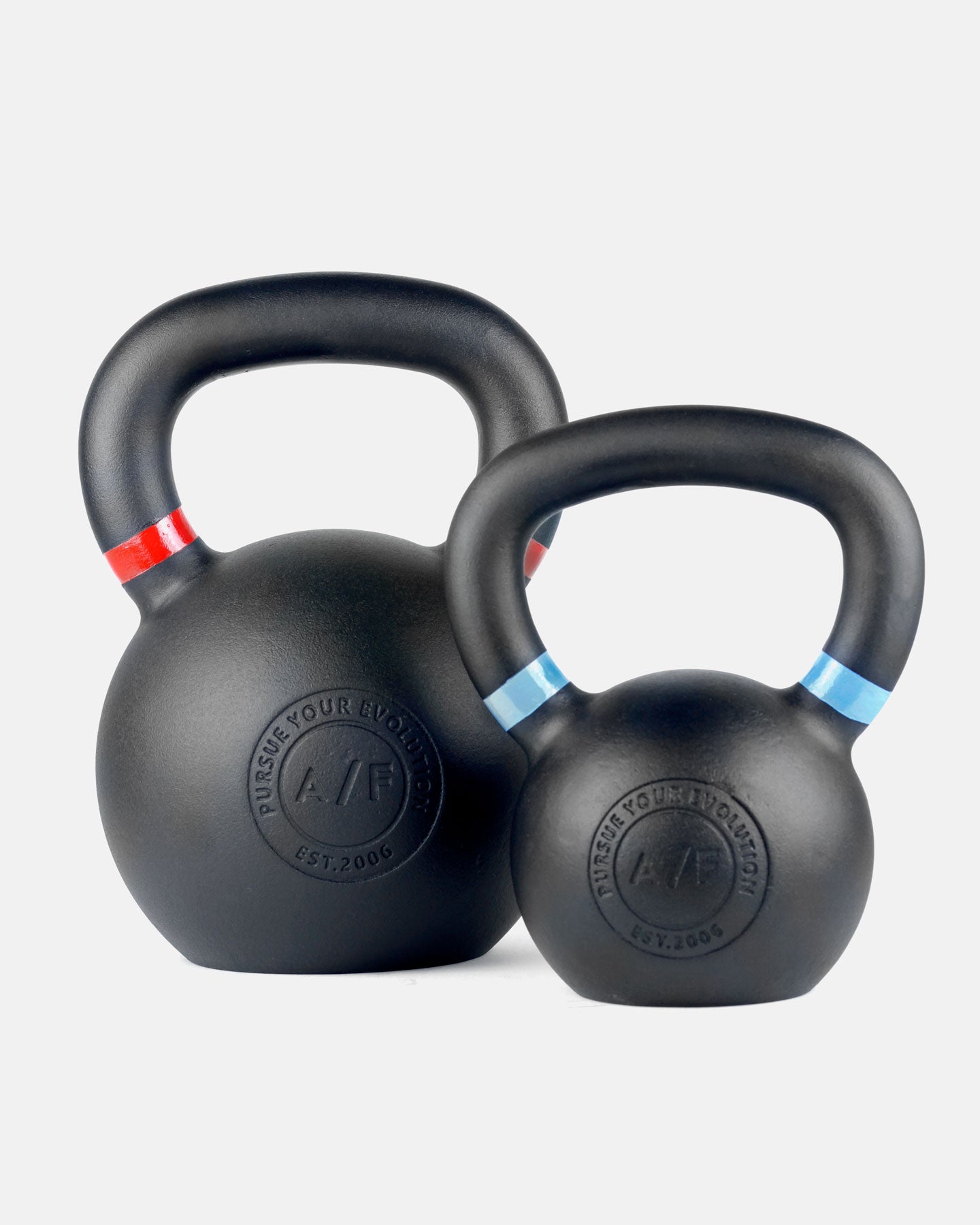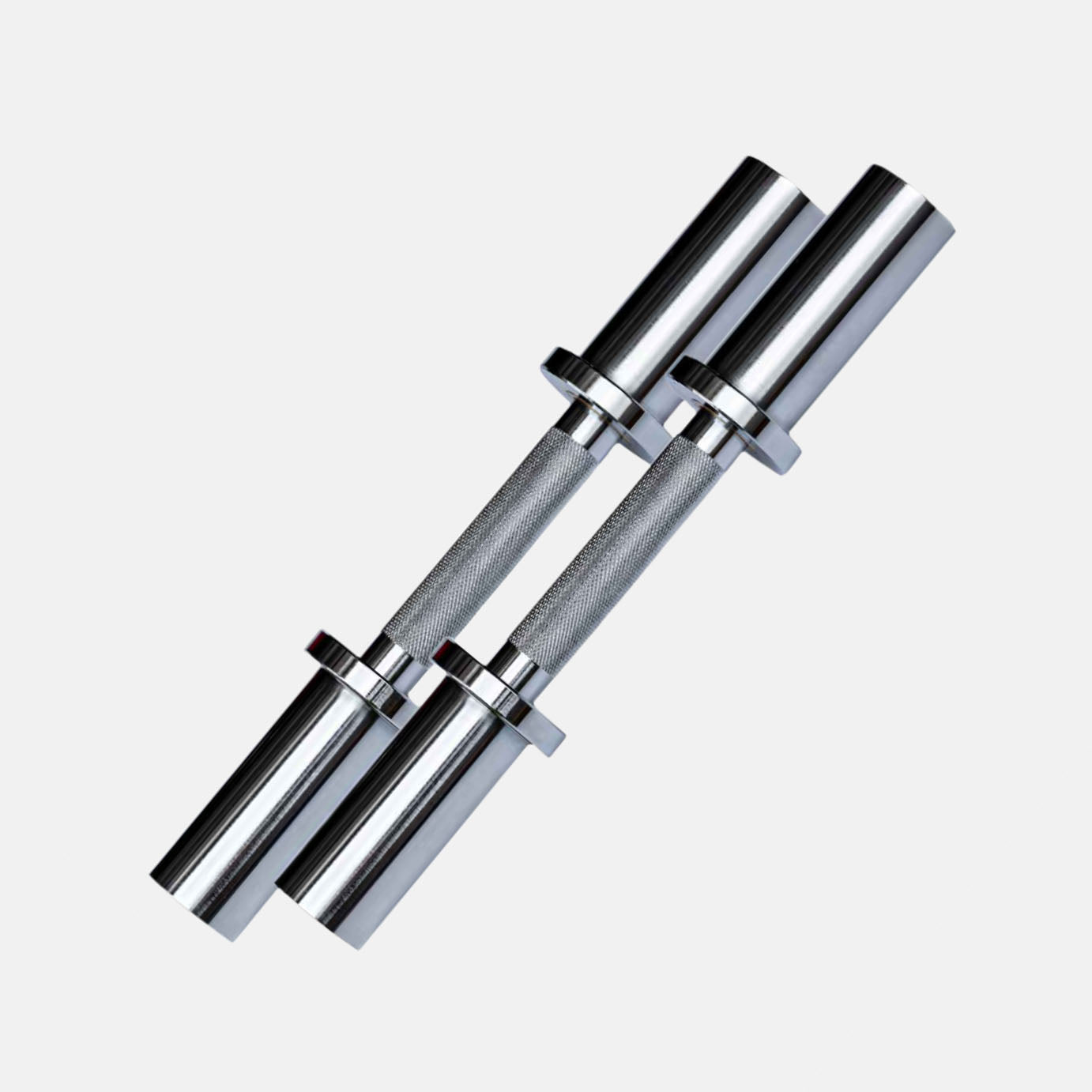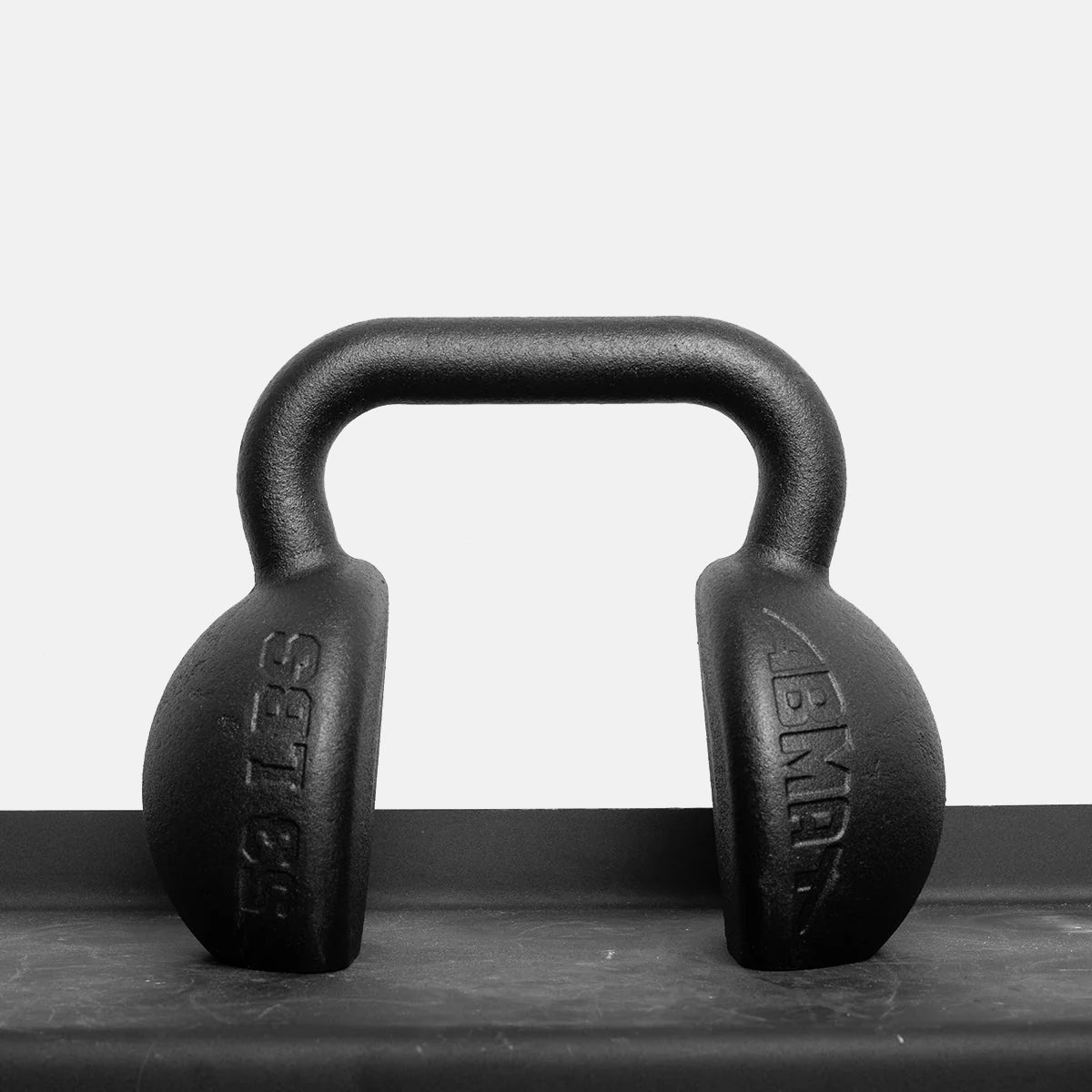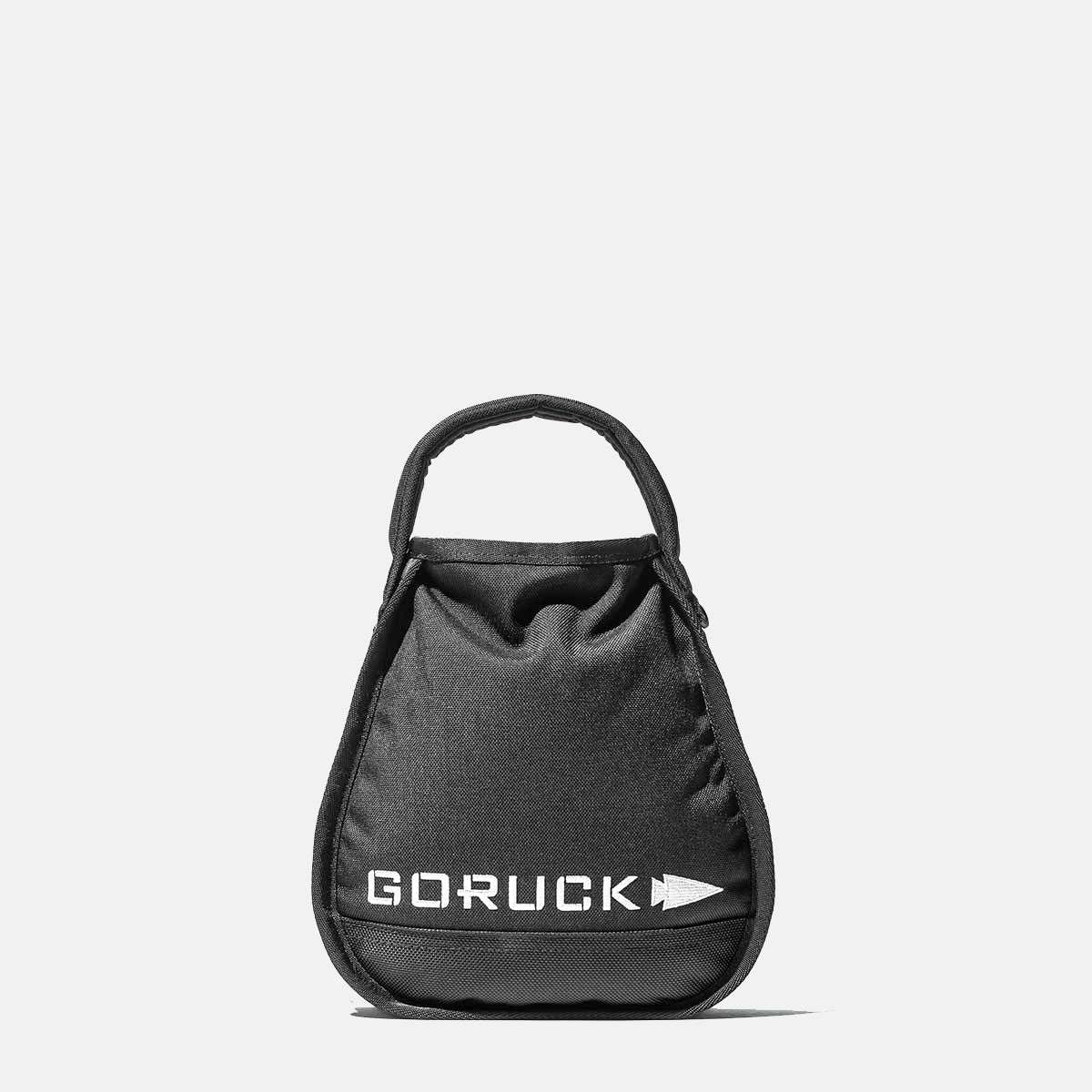If you walk into a gym, you'll likely find two types of free weights: dumbbells and kettlebells. Both training tools have devotees and merits, but the kettlebell vs. dumbbell debate often persists: When it comes to weight training and getting results, is working out with one better than the other?
There doesn't seem to be a clear-cut winner. And in most cases, this is because one type of weight doesn't necessarily reign supreme. However, there are exercises and scenarios where a kettlebell might be a better pick than a dumbbell and vice-versa.
Dumbbells are undoubtedly the most well-recognized pieces of exercise gear, and everybody, from beginners to personal trainers, knows how to utilize them to construct muscular tissue and power.
Kettlebells are usually cited as an easy method to practice resistance training and cardio simultaneously.
If you're still not sure which types of weights would be best for you, keep reading to get a better understanding of how they could help you improve your strength.
